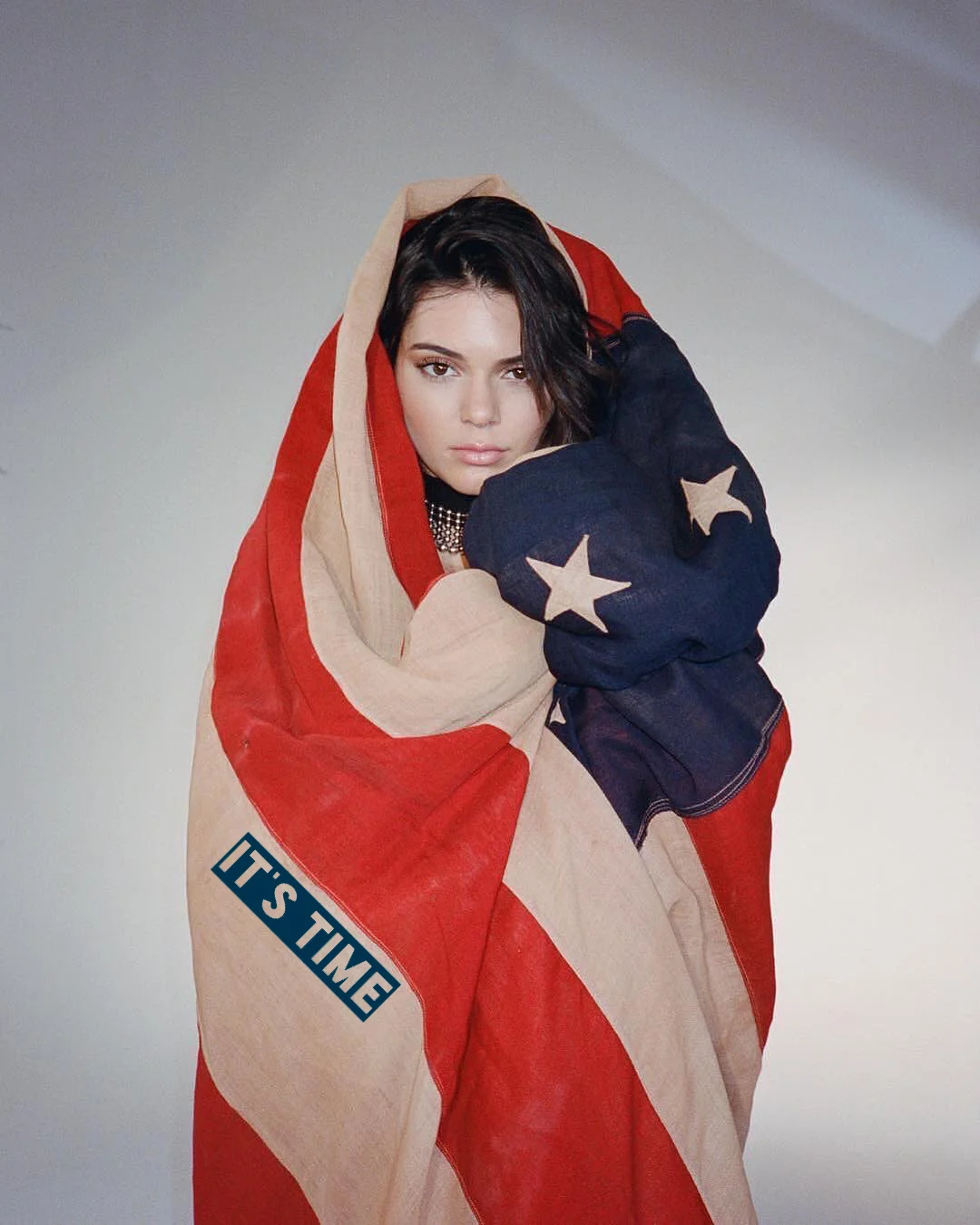All Hail The Fling
-SJB
4 min read
In a city as big and complicated as New York, you would never expect to run into someone that you actually know.
But, alas, the city has its mysterious ways of pairing you, time after time, with the exact person you don’t want to see. Whether it’s trying to get around the downtown paparazzi surrounding yet another Instagram model, or on a trip to Bloomingdale’s that you’re bound to regret, you can’t possibly avoid the occasional and dreaded run-in.
And while you’re trying to hide in between the clothing racks or under the hangers that bear the names you hold sacred, this person will somehow always spot you and say your name with a cross between surprise and accusation.
The possibilities of their identity are endless: an ex-co-worker from a job you didn’t quite excel at (let’s just say, lunch break = shopping break), a current co-worker (please, God, it’s the weekend), an ex-husband/boyfriend (the clothing rack is now your home), or, even worse: the ex-fling (also known as, “the flung”).
Let’s face it: short relationships are inevitable. You go on two dates, and the food is there, but the chemistry just isn’t. You both halfheartedly say that you’ll call, you politely kiss good-bye, and then, before you know it, it’s over. Quick and painless.
But somehow, a different type of short-term relationship always becomes the biggest trend of the summer: the fling.
Defined by Urban Dictionary, the fling is a “deliberately short-term relationship.” According to a study done by Jackson Gorham and Andrew T. Fiore, “the summer months are bad news for relationships.” Enter: the fling.
These fling relationships usually include: some form of a romantic beach date, “I love you’s” exchanged within twelve hours of meeting each other, and lots of rosé.
In a society where we buy designer shoes hoping that they’ll “last forever,” put money into a property because it’s a good “investment,” or take a job as a coffee intern at a “promising” start-up, why would we deliberately chose something short-term? Why pick a fling over a ring?
What, if anything, is the allure of the temporary?
To really observe the nature of flings, we called upon the epitome of flings (the Fling King, if you will): the fashion fling, also known as the trend.
This summer’s trends? I’ll try to be brief: animal prints, yellow hues, bike shorts, tie-dye (don’t ask how), neon (don’t ask why), sequins, major hair accessories, etc, etc, etc.
The definition of all these: one-hundred-percent temporary. No argument there.
So why pick a leopard dress over a classic LBD? Chose a pearl hair clip over a sleek bun? A sequin eye-makeup look over a red lip?
Trend philosophy is easy to understand: trends are more risky, but more fun, than classic looks. Although most probably regrettable, trends speak volumes. We bask in the glory of temporary trends: deliberately choosing no commitment and no strings attached. We wear trends for the thrill.
After all, it’s just one outfit, for one day. The consequence is almost as temporary as the trend itself.
But is it the same with relationships?
Is the idea of a summer fling merely all fun and games? Is the avoidance of commitment so irresistible? Or is it something else?
The “no-commitment trend” philosophy seems to apply to a different type of relationship: the rowdy sister of the summer fling, the infamous one-night stand.
The one-night stand is as obviously and brazenly temporary as the leopard print trend. And while a one-night stand can be considered “leopard print,” flings can be considered “camouflage”: they parade around pretending not to be a short-term relationship.
Case in point? Just look at the fling’s portrayal in media: Allie and Noah in The Notebook, Harper and Leo in Netflix’s Ibiza, and, of course, Sandy and Danny in Grease. Instead of embracing the fling’s carelessness, media often romanticizes and dramatizes the short-term relationship, completely contradicting the “thrill” element in something temporary.
So if we’re not choosing flings for their “fun” element, then why are they chosen at all?
The temporary, in a way, can be a tragic label. If you’re a “temporary” intern for a job you love, or “temporarily” renting an apartment you wish you can purchase, you can resent the fact that most things don’t last forever. You can fantasize about a safe, secure constant while grudgingly browsing Streeteasy for the 4th time this year.
But while you attempt to use Photoshop at your “temporary” job or binge-watch The Bachelor in your “temporary” apartment, you can sometimes find that you enjoy it much more.
The absence of long-term commitment is not the absence of love. Instead, it is the absence of an element of a relationship that can possibly ruin it: the future.
“Where is this going?” is a terrifying thought, one that often corrupts our subconscious, and causes date night to end early. While we can try our best to attend our yoga classes and focus on the present, it proves to be almost impossible. As humans, we spend every day creating the next.
Flings and trends aren’t noncommittal--they simply have an end date. The temporary is so freeing because it holds the perfect ingredients for an easy relationship: no expectations and no stress, because you both know the answer to the “Where is this going?” question.
That answer is the same for the bucket hat trend: this is all just temporary.
And somehow, that sometimes makes it even better.
SHARE:








